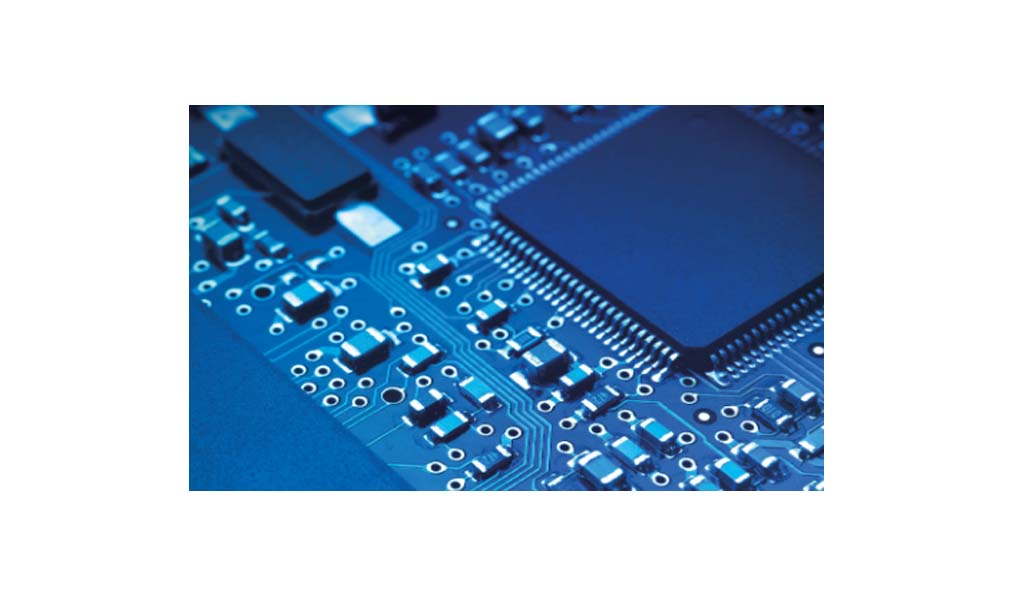Unlike traditional PCBs that rely on copper wires and electrical components, optical printed circuit boards use fiber optic cables arranged in a grid to connect individual nodes. Using this system, data can be transmitted at extremely high speeds without interference or attenuation over long distances - making it ideal for applications that require fast transmission times.Optical PCBs, also known as optoelectronic PCBs, are specialized printed circuit boards used to transmit and receive optical signals.Optical PCBs can be applied to telecommunications, medical devices, military systems, photonic interconnects, optical micromechanics, AI applications, quantum computing, future telecommunications, and more.
Next-generation Internet switches and high-end computers are expected to handle total data rates on the order of Tbit/s. Therefore, interconnects between processing units must handle data rates on the order of 10-40 Gbit/s. At such data rates, traditional electrical interconnect technologies will face high transmission losses and severe integrity issues. Optical PCB interconnects are seen as the preferred solution. Integrating optical waveguides in printed circuit boards offers several advantages over traditional PCBs. These benefits include: increased data transfer rates, reduced physical size of electrical connections, reduced material costs, and power consumption.

Advantages:
In addition to reducing link lengths at fast electrical speeds, optical PCB manufacturers say that integrating optical interconnects onto PCBs will also bring the following benefits:
Improved reliability:
With this kind of PCBs, you get better signal reliability for the following reasons:
Light signals propagate in three-dimensional free space.
Data transfer rates are significantly improved.
Independence from signal propagation:
Integrity issues and signal loss are common problems with traditional electrical interconnect technologies. Now, these issues can be solved by integrating optical interconnects onto PCBs.
The optical signal will propagate independently of space and be improved with imaging processing technology to obtain better waveguide layers.
Better overall performance:
This kind of PCBs are guaranteed to have better performance due to the following reasons:
Photoluminescent waveguide materials help meet functional and processing requirements.
The rate of optical interconnects is separated from the interconnect channel.
Balance of cost and performance:
With these pcbs, we can now get better performance while keeping costs to a minimum. It can also reduce power consumption while reducing material costs.
Applications:
Optical PCBs typically contain components used to transmit, control, or process optical signals, such as laser diodes, photodiodes, waveguides, lenses, etc. Here are some typical application scenarios:
1. Communications: In high-speed data transmission and communication systems, this kind of PCBs are used to achieve data transmission and processing. For example, in data center internal connections or high-speed network equipment.
2. Optoelectronic devices: In various types of lasers, receivers, and transmitters, this kind of PCBs can be used as an integrated platform.
3. Medical devices: Widely used in medical imaging equipment (such as MRI machines), biosensors, and other medical devices that require precise control and processing of optical signals.
Overall, the field of optical PCBs has made great progress since its inception, and continued research and development has led to the birth of increasingly sophisticated and reliable optoelectronic boards. As technology advances, we are likely to see further innovations in this field, opening up new possibilities for using these specialized components in a variety of applications.